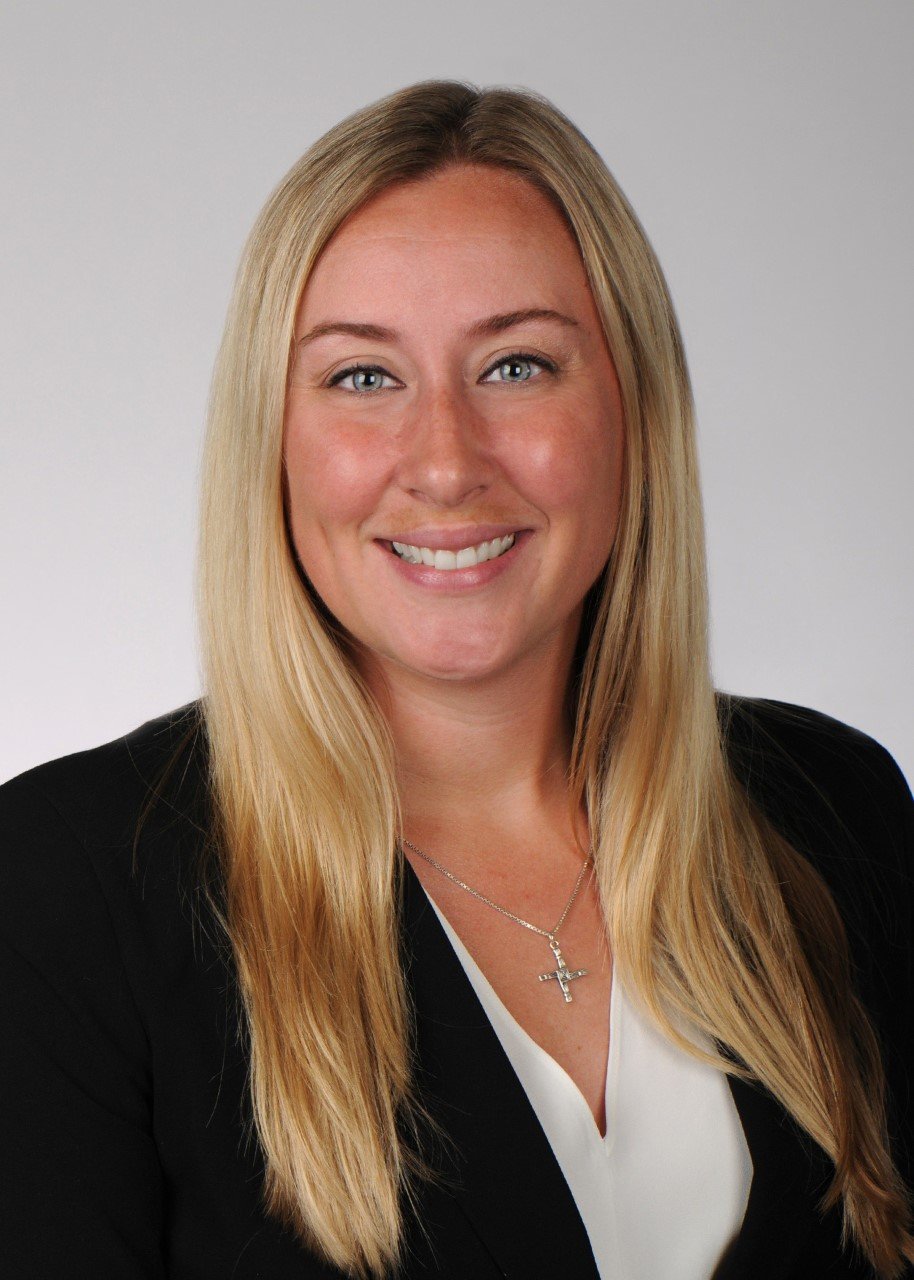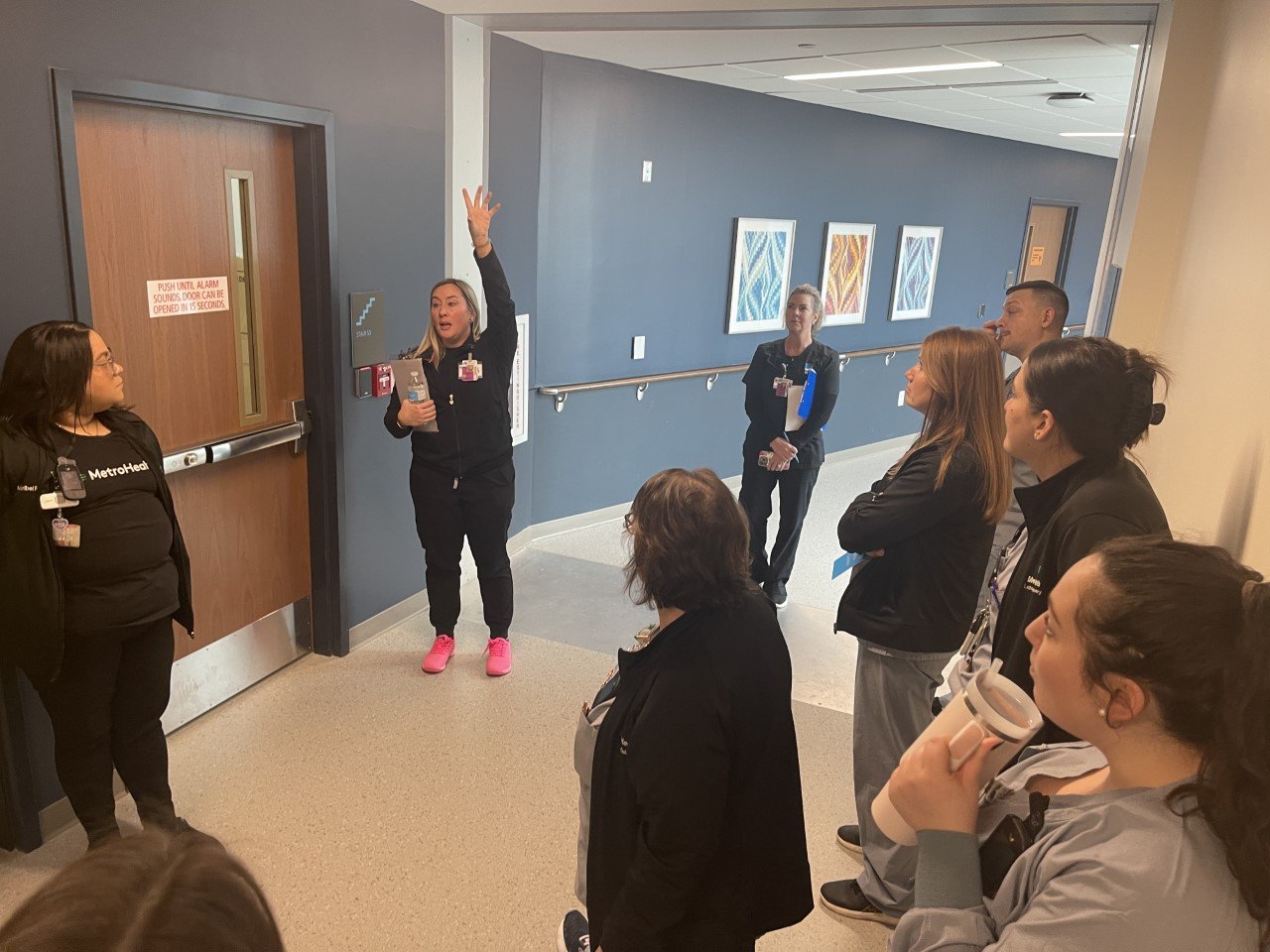Blog Contribution by NIHD Member Bridget Graham MBAH, PMP, Consultant @ HTS, LLC.
Bridget Graham, MBAH, PMP has been a Lead Project Manager with HTS, an Affiliate of HBS, for the last 2.5 years. Prior to her time with HTS, LLC, she worked for MUSC Health as an Operations Project Manager transitioning and activating facilities and improving operational workflows for the organization. Her career path has been diverse having worked in corporate healthcare benefits while at GE and Employer Relations for Union College, however, the skills and experience gained have only diversified her tool belt when working with Clients. She has an MBA in Healthcare Management from Clarkson University and Bachelor’s in Biological Sciences from Union College. She is PMP, LEAN/Six Sigma certified and Just Culture Certified.
A Day in the Life.
The work performed as a Lead Project Manager varies from day to day, however, assisting clients in preparing clinical and operational team members to bring their facilities to life is a constant. Depending on the project phase, I could focus on operational workflow, training events, patient move planning, facility activations or tool/deliverable development. Throughout these key activities, documentation, gap analysis, risk management, issue mitigation, and regular communication through meetings and email are essential.
How does your engagement with Clinical Staff enhance your project work?
My interactions with the nurses, clinical staff, and patients keep me connected and grounded when doing this work daily. I have so much appreciation for their work, what they are experiencing and know that the facility that is being built can greatly affect care delivery for the team.
My first hospital activation had much focus on the patient and clinical experience, which I am incredibly thankful for because it profoundly impacted my approach to working with these teams. Interactions with the care team are built upon my genuine interest in how they do their job, learning from them about workflow and process allows me to better assist in putting together the puzzle. Pulling together their process with the facility’s design intent allows me to create a plan and approach that they are comfortable with to transition them into the new facility. Having their perspective, engagement and support can greatly impact the outcome of a transition and activation project.
Will you share advice for someone interested in this career path?
Learn.
My greatest advice for those interested in transition and activation work is never to stop learning. Learning is fundamental in this line of work because not only does every healthcare system function differently, but new facilities are often an amazing opportunity to incorporate new technology and flow to enhance how care is delivered.
Say Yes.
My next piece of advice is to say yes to opportunities that expose you to clinic moves, facility moves, and other large projects that require you to dig operations. This type of request is often on top of regular duties within your normal job, however, what you will learn through these processes can set you up for success in transition and activation as well as operations.
Build Relationships.
Finally, learning how to build strong relationships of trust within the teams is critical to being successful in this work.


